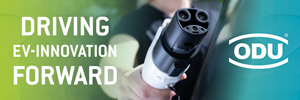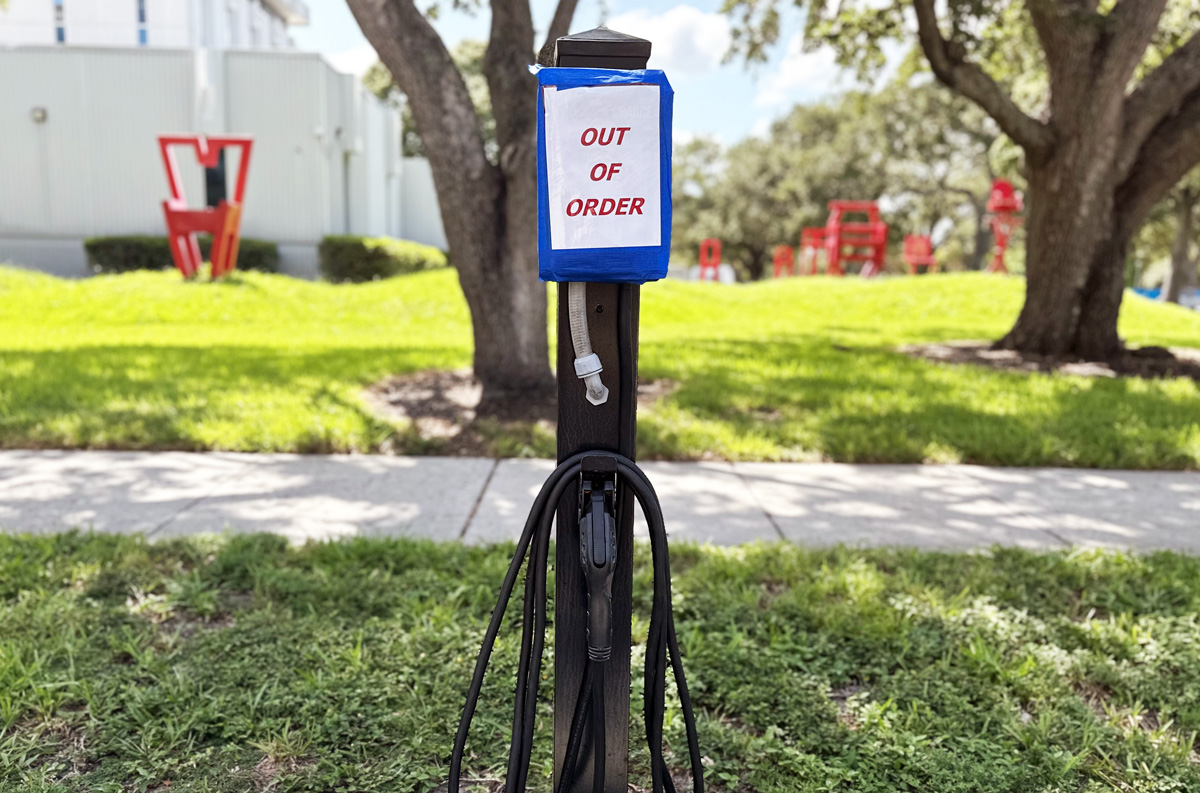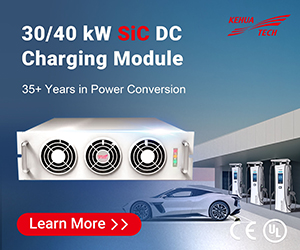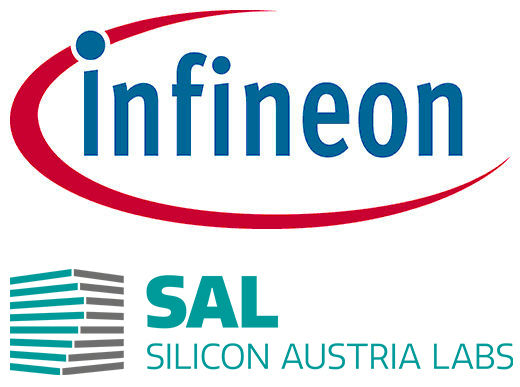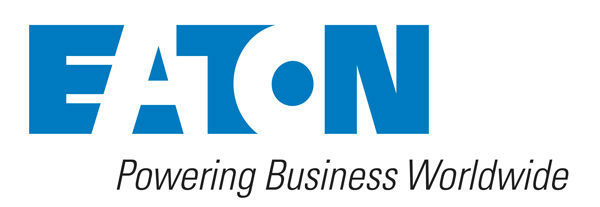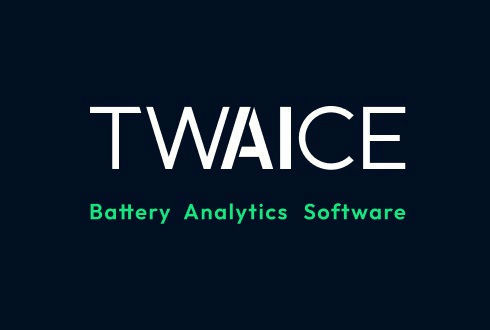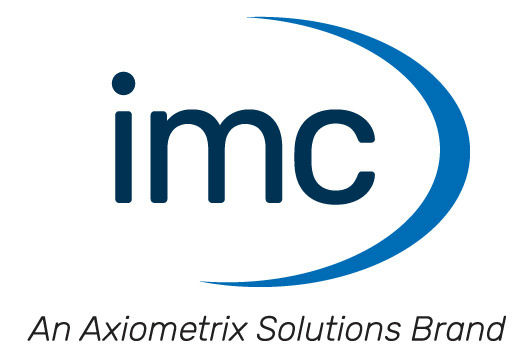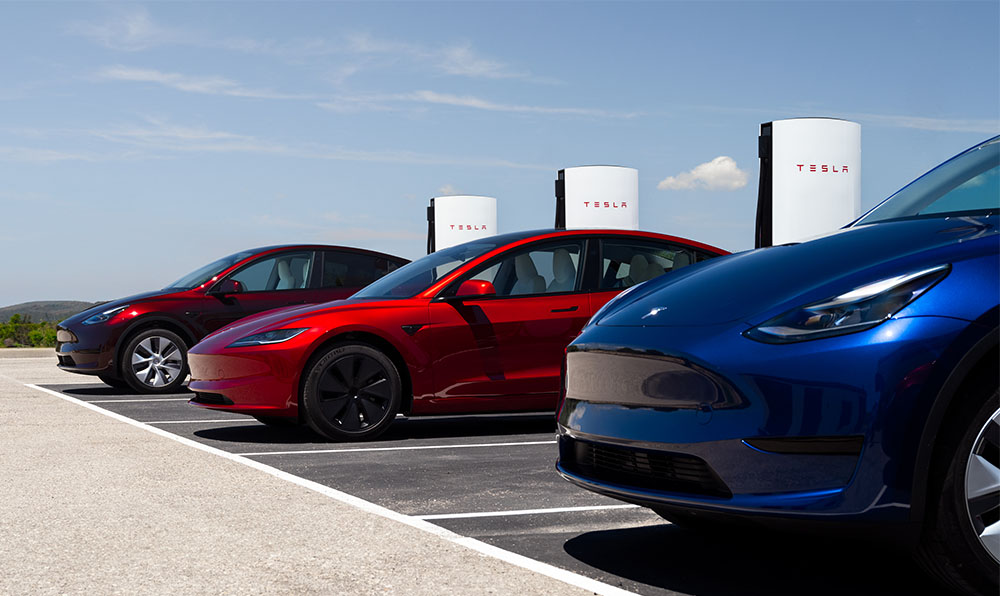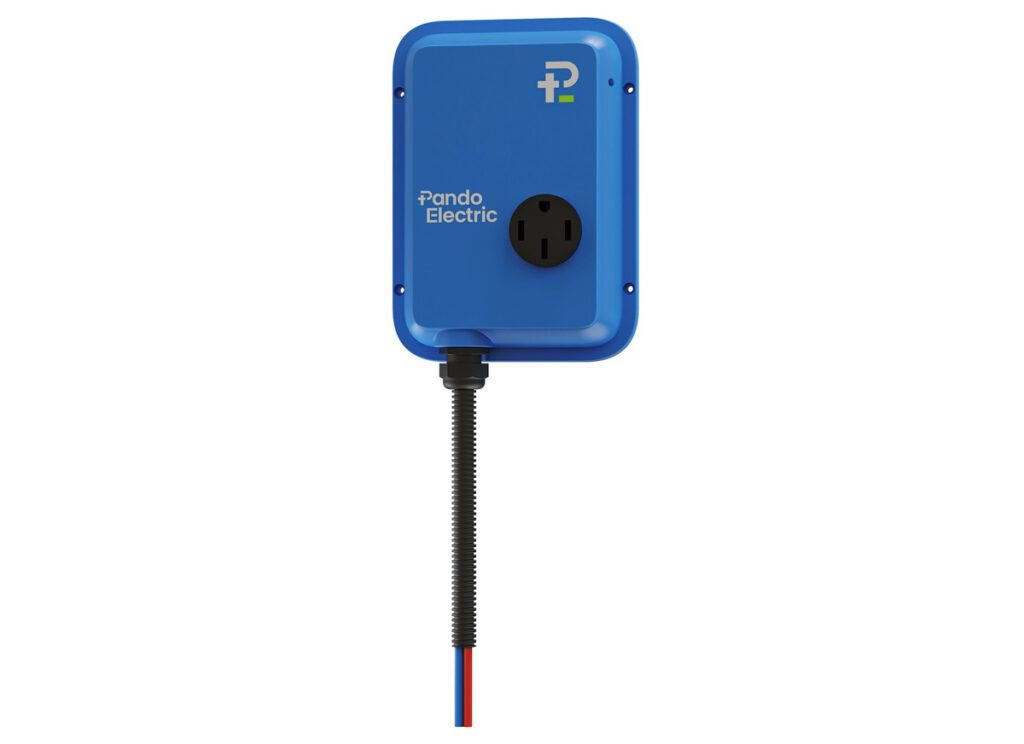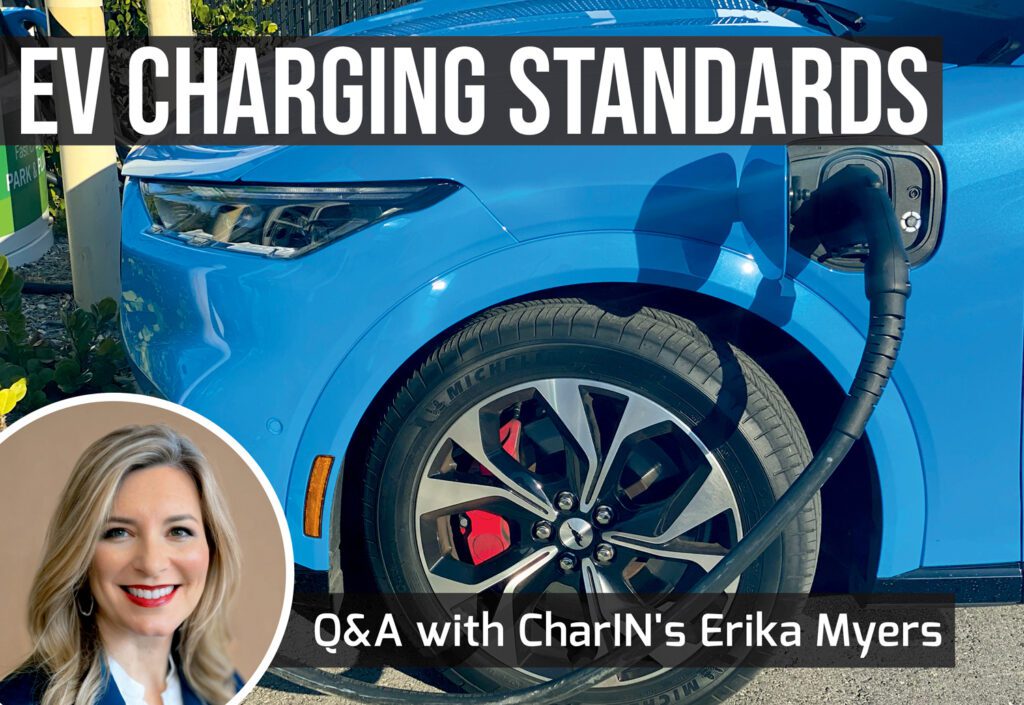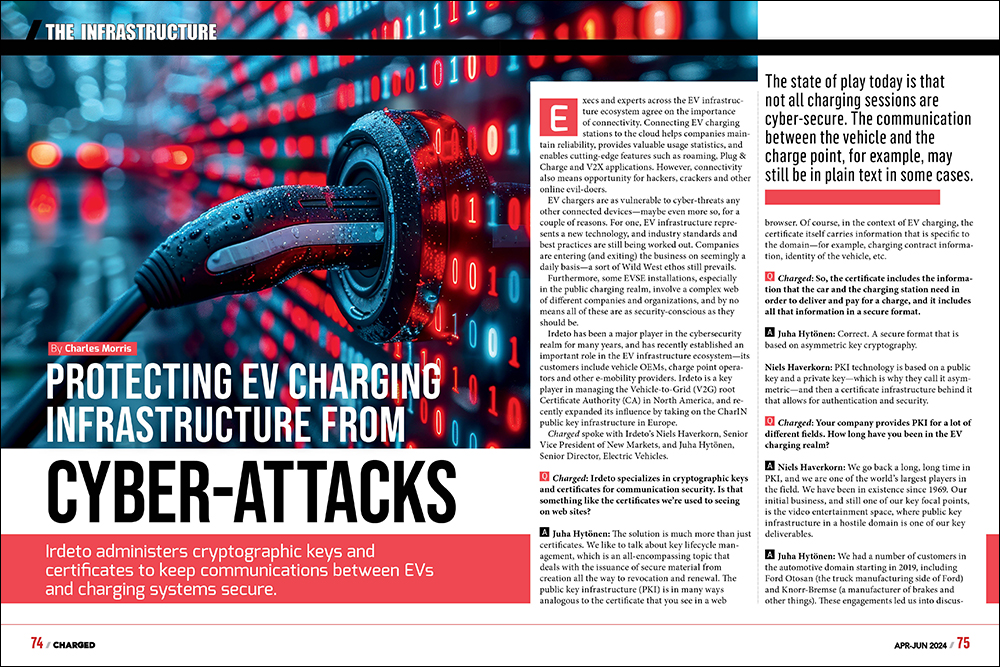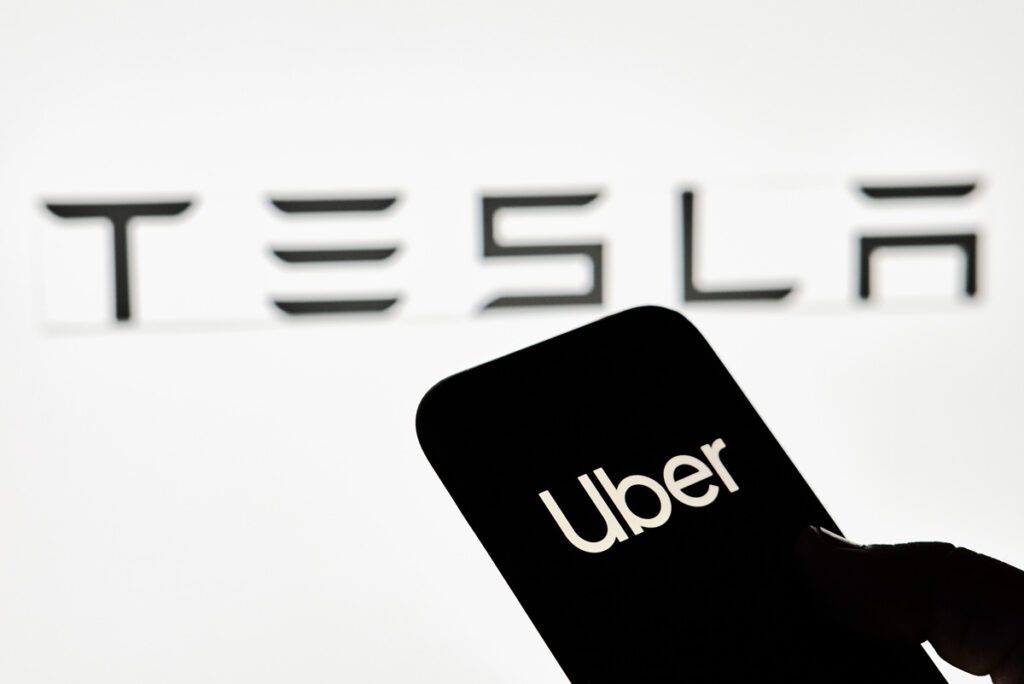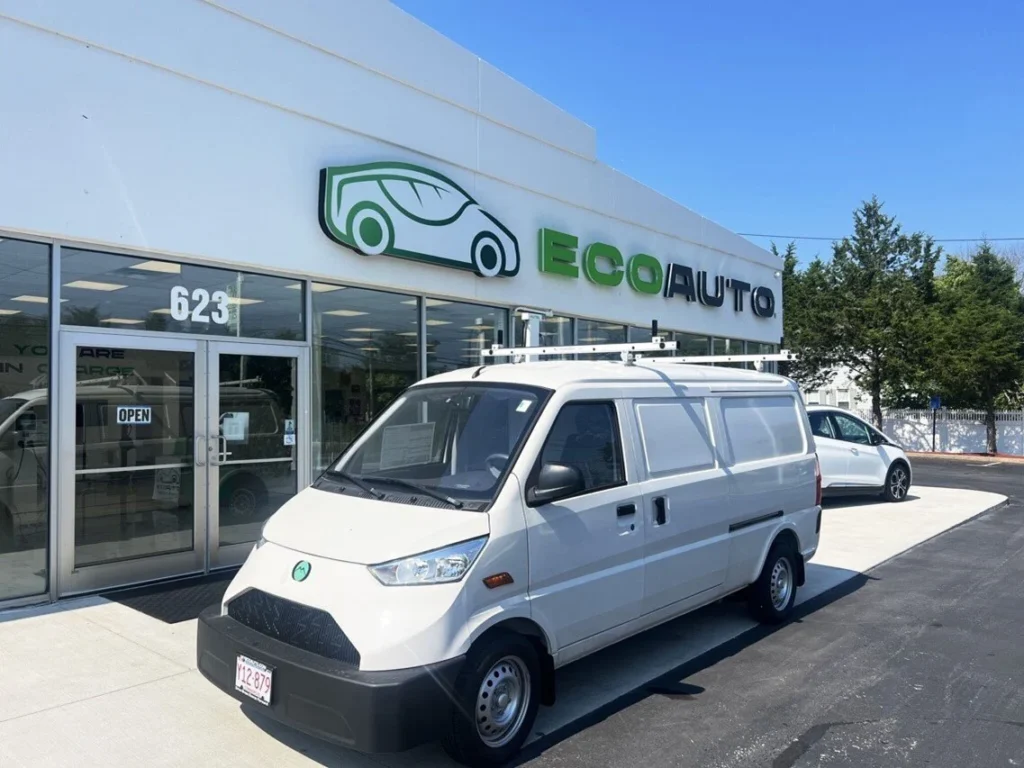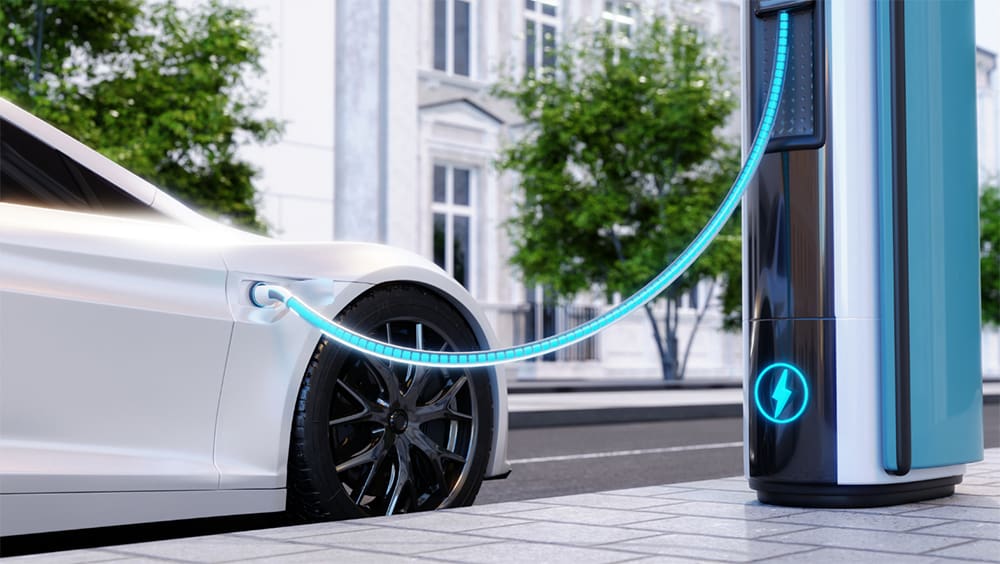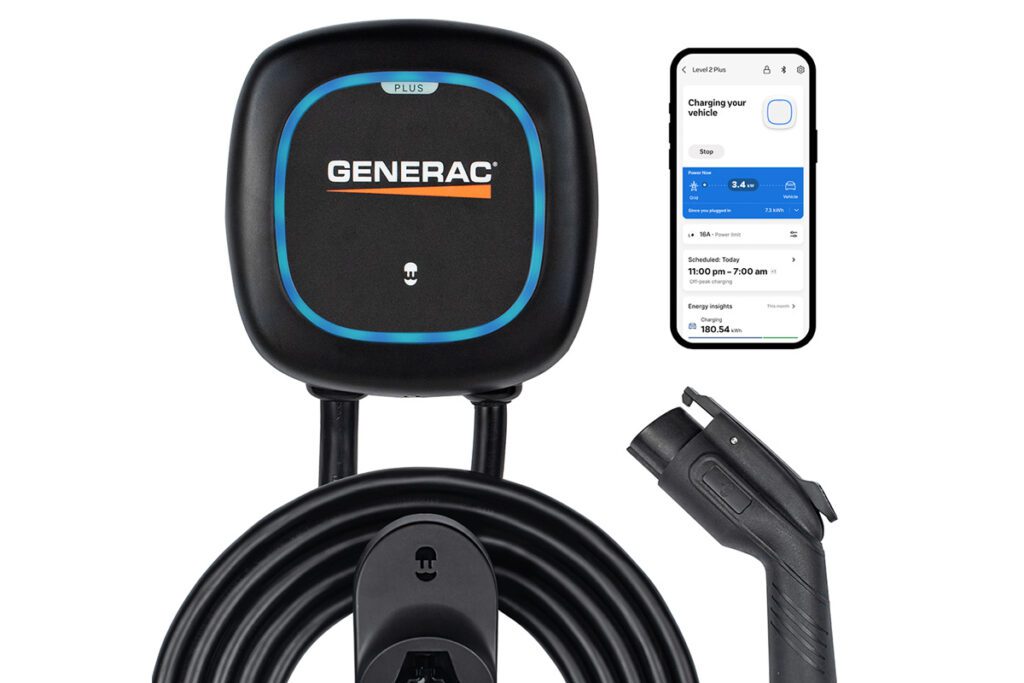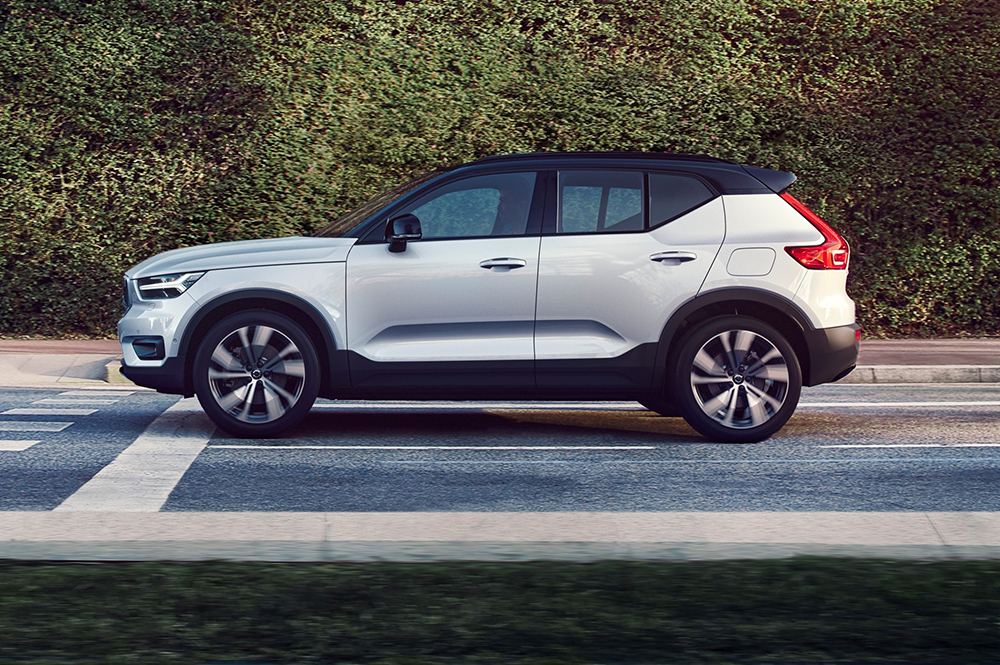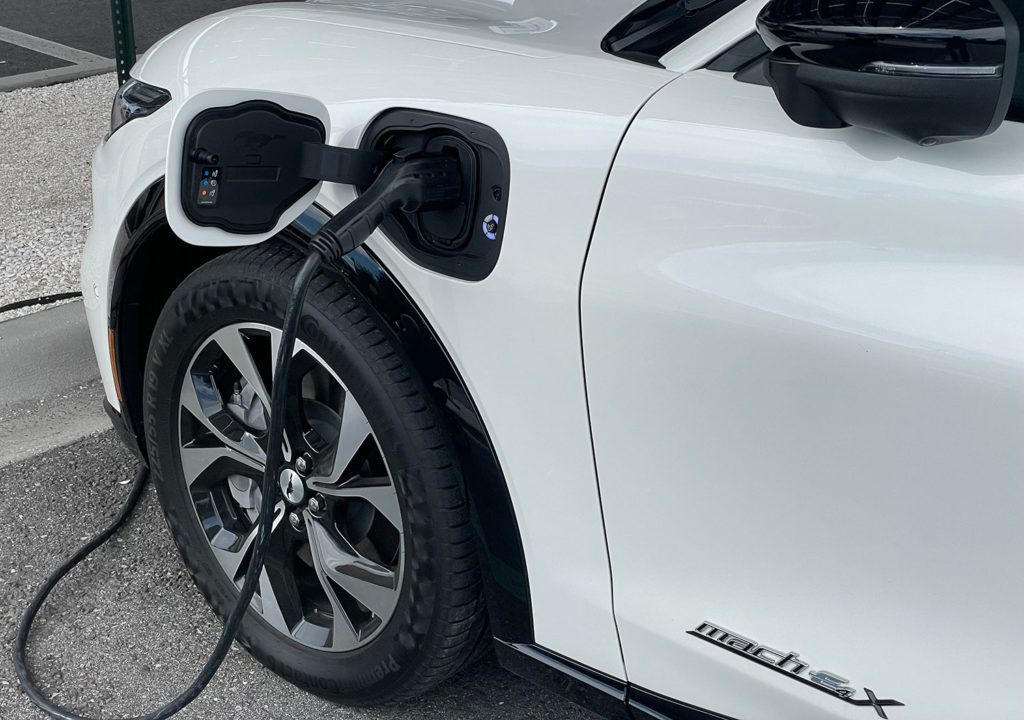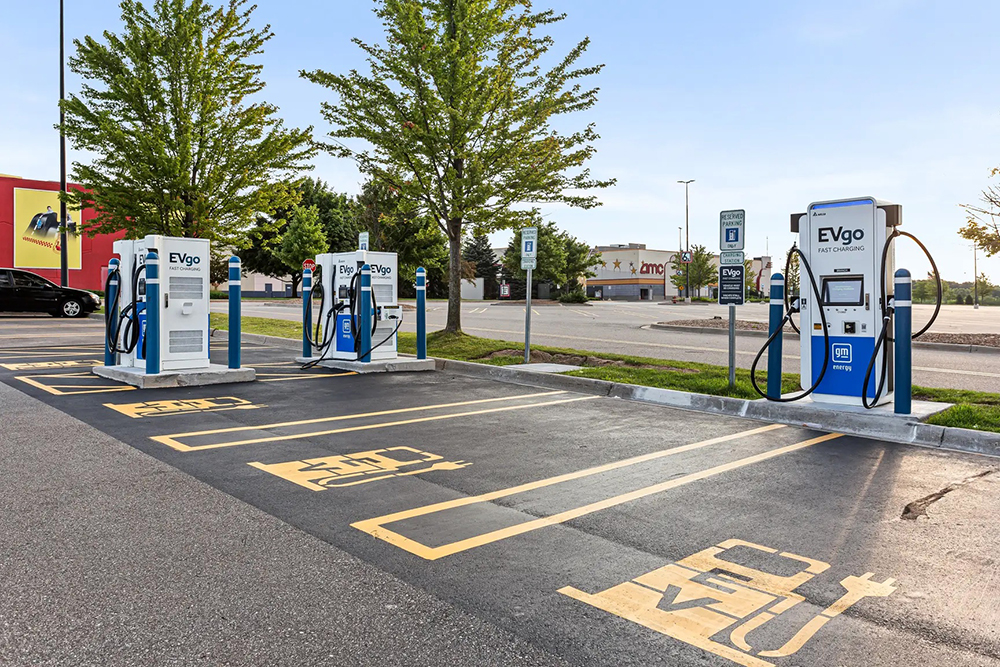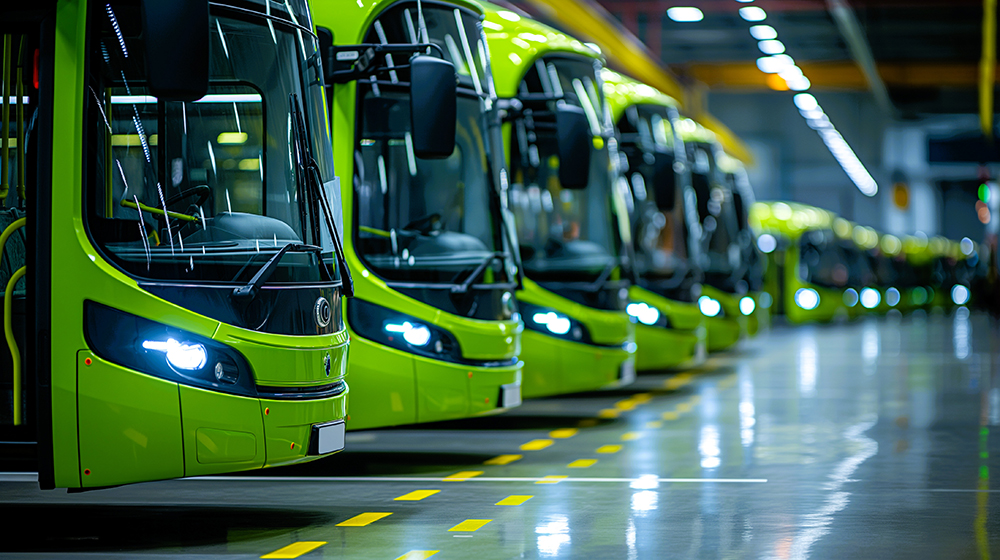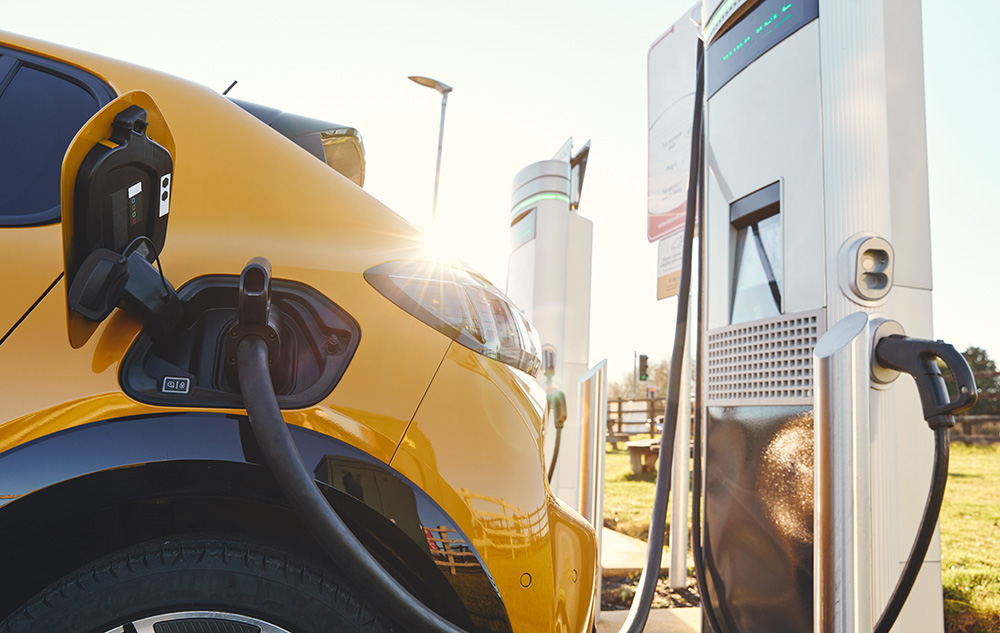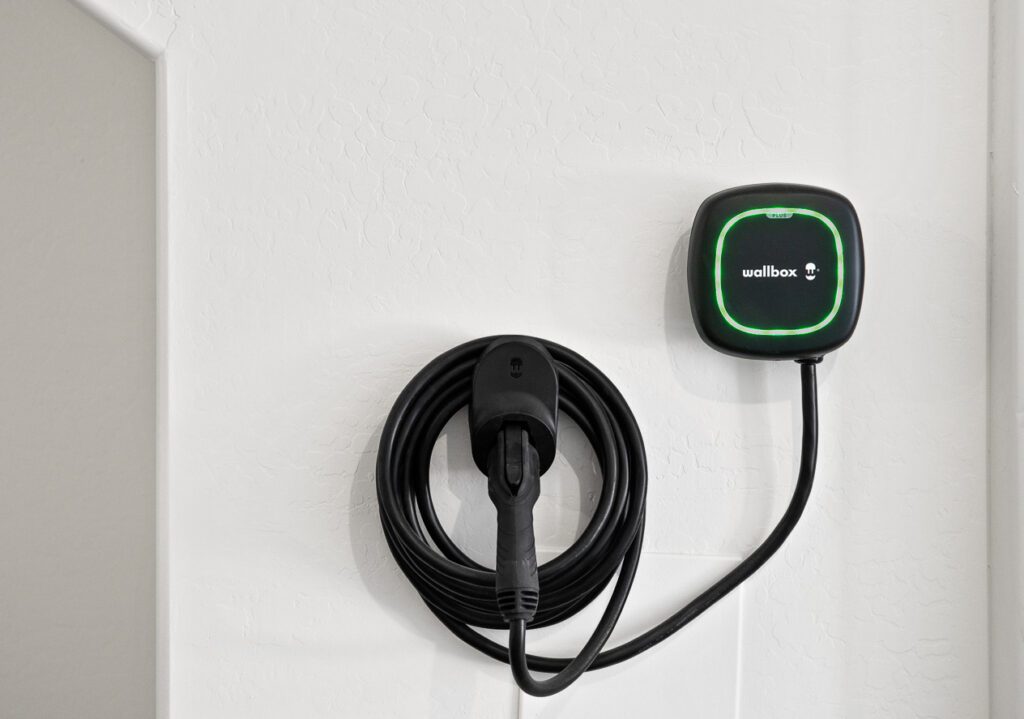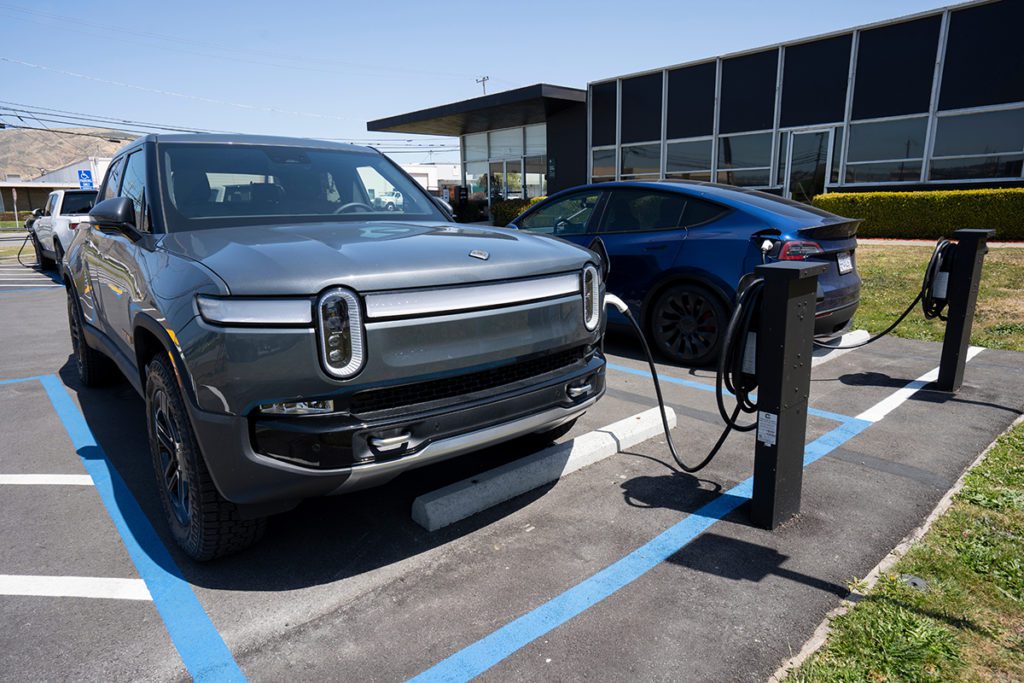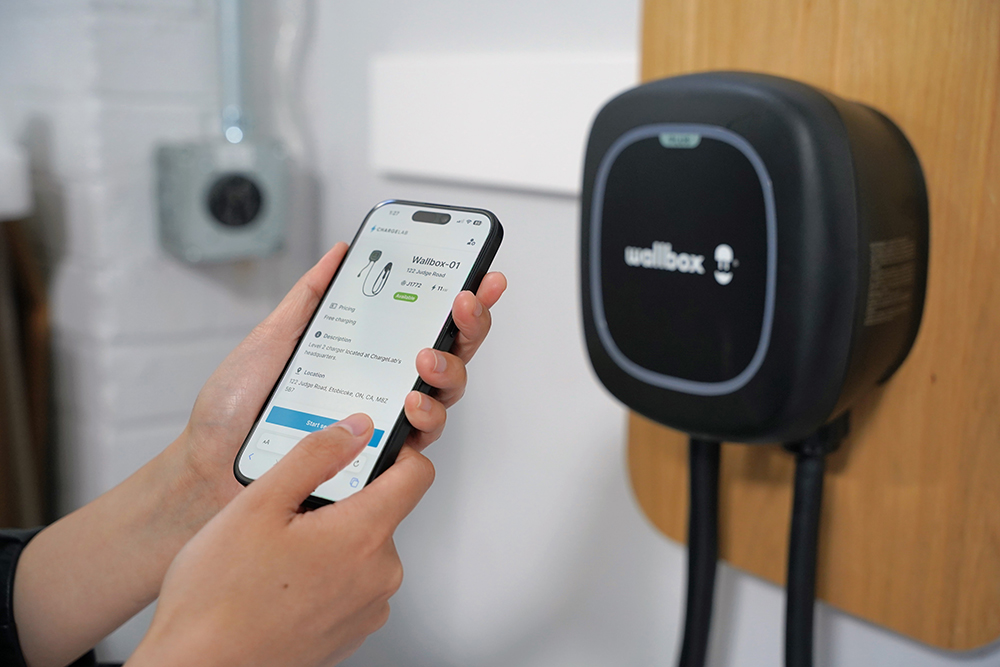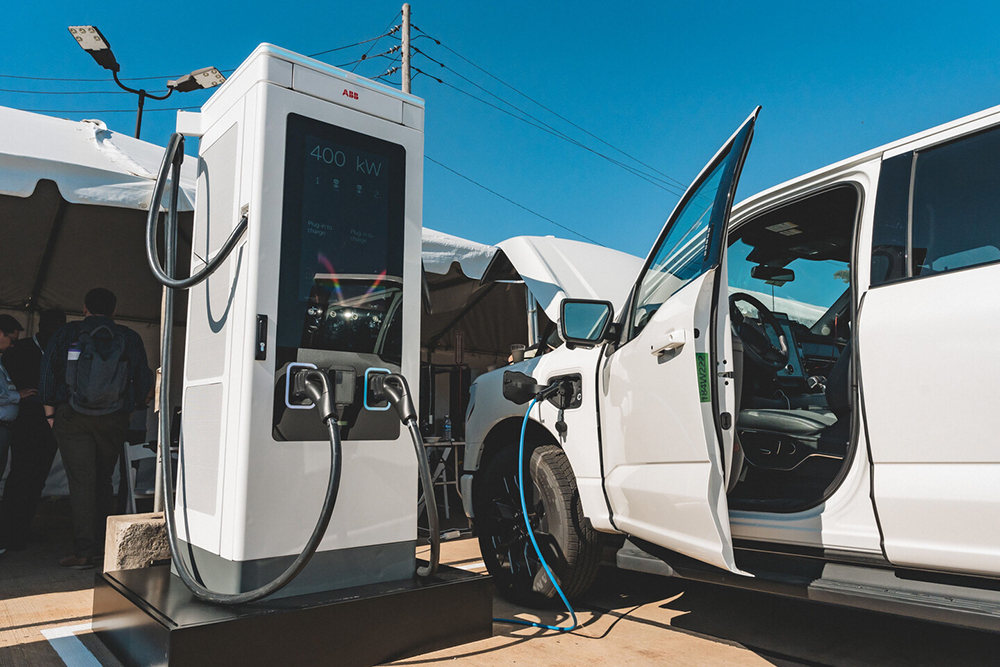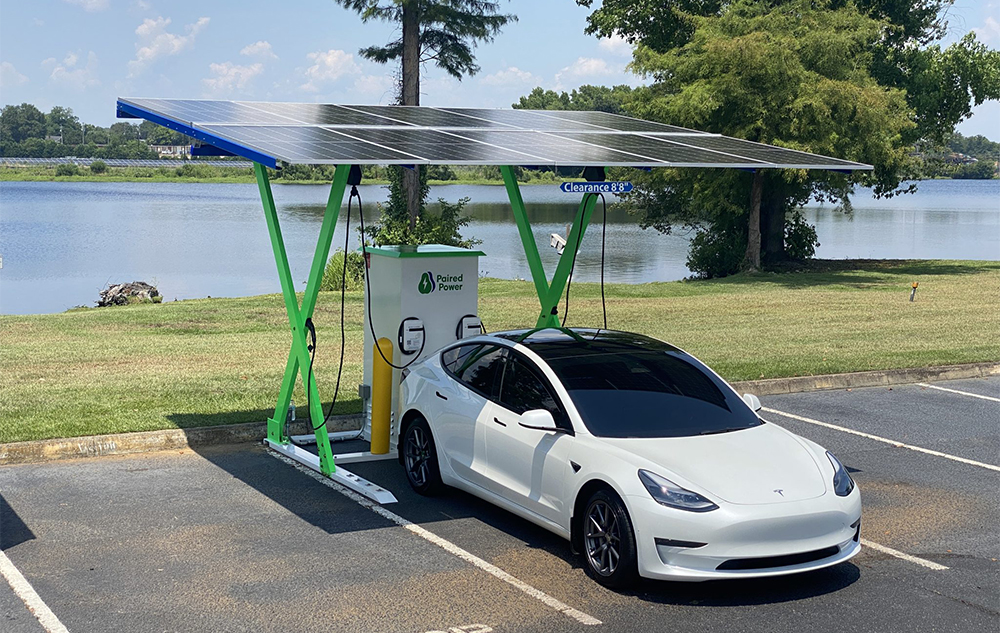The parlous state of public EV charging is—among other things—a public relations nightmare that’s surely holding back wider EV adoption. A number of automakers and other EV industry players seem to be convinced that ceding control of the US public charging scene to Tesla, whose Supercharger network is by all accounts far more reliable than competitors, will solve the problems.
We’re not so sure about that. We’ve asked many charging industry players why non-Tesla charging providers have such abysmal levels of customer satisfaction. Many have suggested that one big reason for the Superchargers’ vaunted reliability is that one company builds the cars and the chargers, and runs the network. Interoperability isn’t an issue, and if something does go wrong (and yes, things do go wrong), it’s quite clear who’s responsible.
In contrast, a typical non-Tesla public charging site might be the product of several different companies—EVSE manufacturer, site owner, installer, network operator, software provider, payment processer—and one or more government agencies.
As a recent article in E&E News explains, there’s also a set of structural problems that result from the bizarre way that the public EV charging landscape evolved. As David Ferris writes, “Like EVs themselves, charging stations first arrived on the roads not because customers sought them out, but because regulators required them.”
In the early 2000s, the California Air Resources Board first mandated that automakers sell a certain number of EVs in the state. A web of federal, state and local regulations and incentive programs soon catalyzed a proliferation of public EV charging stations. Two of today’s largest charging networks, EVgo and Electrify America, were created as the result of legal settlements.
As Ferris explains, these companies were required to satisfy regulators, not customers, so as they built out their networks, they tended to skimp on consumer-friendly features in order to save money. Unlike gas stations, charging hubs were built without on-site employees, and often without such basic protections as awnings, proper lighting or security cameras. Some early networks didn’t offer the option of paying by credit card—they devised complicated and user-unfriendly apps, memberships and logins in order to avoid paying fees to Visa and Mastercard.
In the early days, Ferris writes, none of this mattered much, because the first wave of EV buyers were true believers who tended to be tech-savvy, and weren’t put off by a little inconvenience. Furthermore, most EV charging takes place at home, so many drivers never need to visit a public charger (and are presumably blissfully unaware of the reliability issues).
Nowadays, more “average consumers” are considering EVs, and they expect public charging to be as convenient as other modern goodies such as ATMs and cell phones.
But a charging station is not an ATM, nor yet a vending machine, and there’s a long list of things that can go wrong: complex power electronics; high levels of electrical current; cables and connectors that end up on the ground; video screens that break or wear out; card readers that have their own litany of problems.
And that’s just the hardware. As Ferris writes, “A satisfying charging session is an orchestra. The charging station, the network operator, the vehicle and the payments all work together seamlessly. But today, the orchestra is out of tune.”
Source: E&E News


